In the realm of coating production, particle fineness stands as a pivotal indicator of quality control. The quality of fineness significantly impacts the film-forming capabilities and storage stability of the product. The grinding process, a critical step in coating production, necessitates the selection of appropriate grinding and dispersion equipment, along with zirconia beads for grinding. This selection aids in determining optimal grinding durations, minimizing extended equipment occupancy, and preventing undesirable visual aspects caused by excessively long grinding times.
Sand mills, utilized in the grinding process, first appeared in the 1950s in the United States and swiftly gained prominence in the national coatings industry due to their high production efficiency, low energy consumption, user-friendly operation, and continuous production capacity. Various types, including vertical enclosed sand mills, horizontal sand mills, rod mills, and basket mills, emerged and were widely adopted. This article delves into the application of rod mills in primer grinding and dispersion, focusing on the utilization of the most efficient grinding approach in production.
Introduction to Rod Mills
Rod mills are designed with superior material cooling properties, making them suitable for high-viscosity coatings with poor heat dissipation characteristics. Moreover, their reduced effective volume translates to less usage of zirconia beads and more convenience in cleaning.
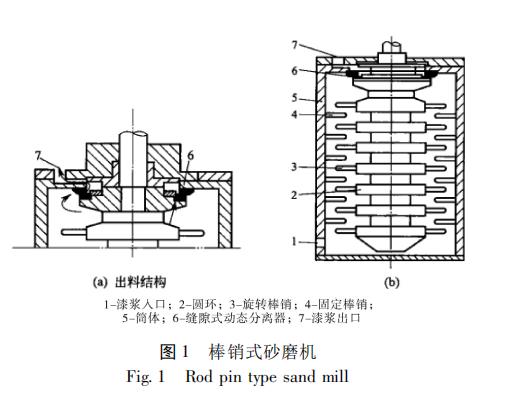
Formulation and Process Design
For experimentation, a transparent PU polyurethane primer was selected. Raw materials with particle sizes of 400 mesh and 1250 mesh were chosen. Prior to grinding, samples underwent dispersion using a high-speed disperser at 1000 rpm for 30 minutes, maintaining a viscosity of (200±10) s in a Ford cup. After thorough mixing and dispersion, different experimental processes were designed as outlined in Table 1.
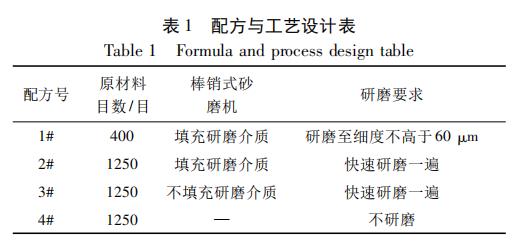
Performance Indicators
Based on the standard "GB/T 23997-2009 Solvent-Based Polyurethane Wood Coatings for Interior Decoration and Finishing," the primer's formulation and process design were analyzed and evaluated in terms of container state, applicability, storage stability (50°C, 7 days), drying time, sandability, and adhesion, as seen in Table 2.
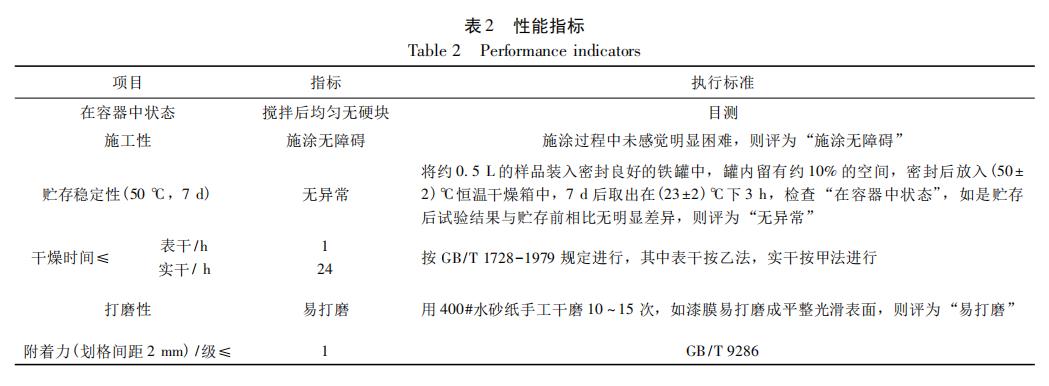
Experimental Results
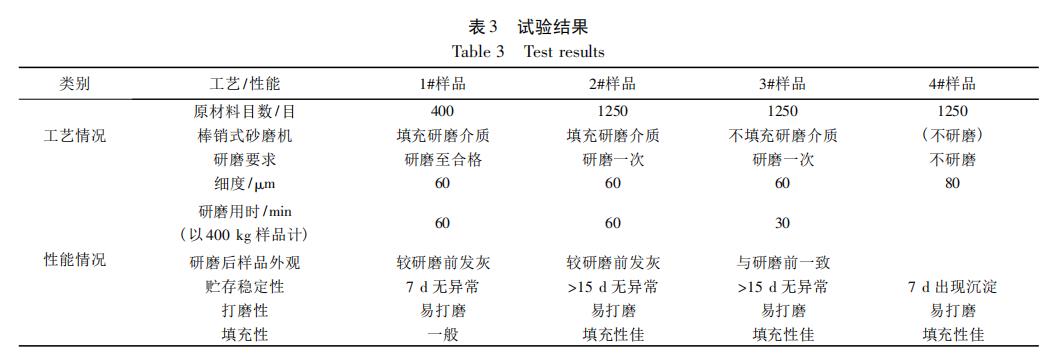
The discussion of results is as follows:
In terms of rod mills, they are ideal for high-viscosity materials. For materials with a viscosity of (200±10) s in a Ford cup, rod mills can effectively grind without the risk of clogging and equipment damage associated with disc mills. This minimizes repair risks, avoids disruptions in production scheduling, and proves suitable for primer production. Without grinding, sedimentation may occur in untreated samples, failing to meet anti-sedimentation requirements.
Considering rod mill filling media, the traditional notion is that grinding media is necessary to achieve material fineness. However, for primers, using 1250 mesh raw materials and thorough premixing prior to grinding achieves shearing effects. Rapid grinding with rod mills aims to ensure thorough wetting and dispersion, promoting resin and pigment mixing. Experiments reveal that higher grinding speeds without added grinding media reduce energy consumption, prevent excessive pigment damage, and eliminate grayish product appearance.
Regarding raw materials, the choice of 1250 mesh raw materials caters to primer requirements, enhancing substrate filling and interlayer adhesion between primer and topcoat. Despite the small particle size of the raw material, grinding dispersion remains essential, albeit with a relatively coarser dispersion achieved through high-speed dispersion.
In comprehensive consideration, selecting 1250 mesh raw materials, employing high-speed dispersion at 1000 rpm for 30 minutes before grinding, and utilizing rod mills without zirconia beads yield optimal dispersion and grinding effects. This approach minimizes energy consumption while offering excellent product appearance, storage stability, and filling characteristics.
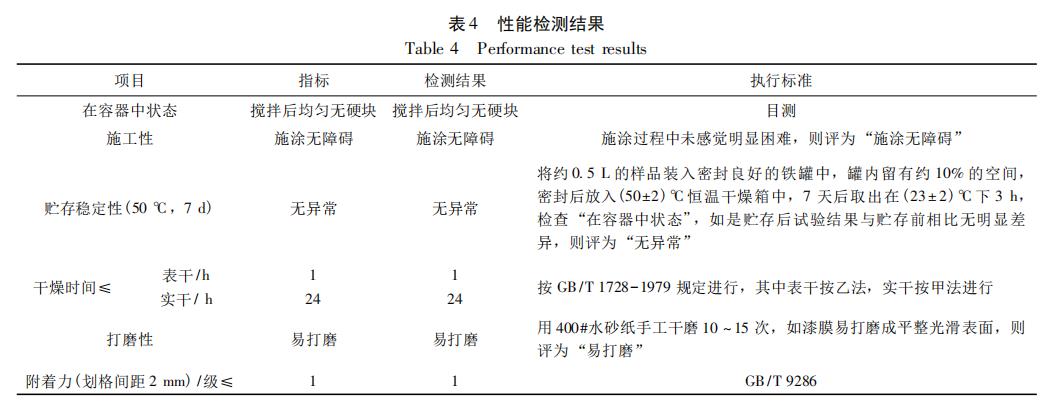
Conclusion
Primers play a pivotal role in coating products, requiring substantial substrate filling and stable storage for prolonged preservation. In large-scale continuous production scenarios, employing rod mills with higher mesh raw materials and rigorous premixing before grinding proves to be efficient. This approach not only enhances production efficiency and reduces energy consumption but also enhances product performance stability.

Submit your demand,
we will contact you ASAP.

Sanxin New Materials Co., Ltd. focus on producing and selling ceramic beads and parts such as grinding media, blasting beads, bearing ball, structure part, ceramic wear-resistant liners, Nanoparticles Nano Powder

